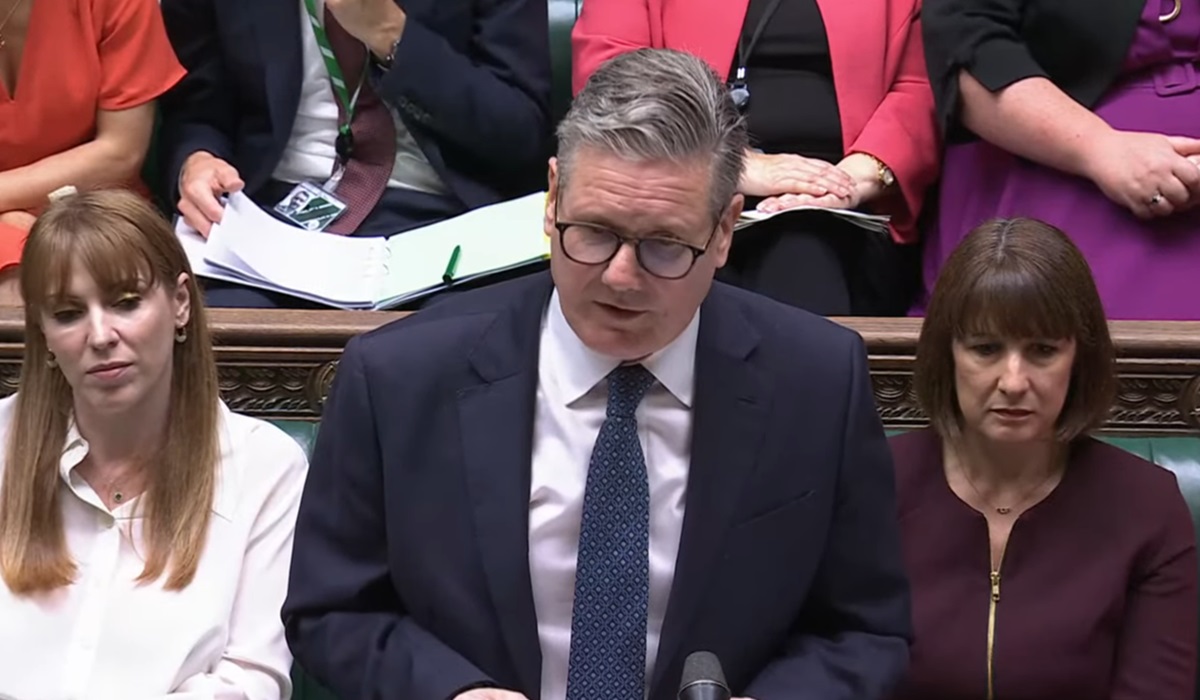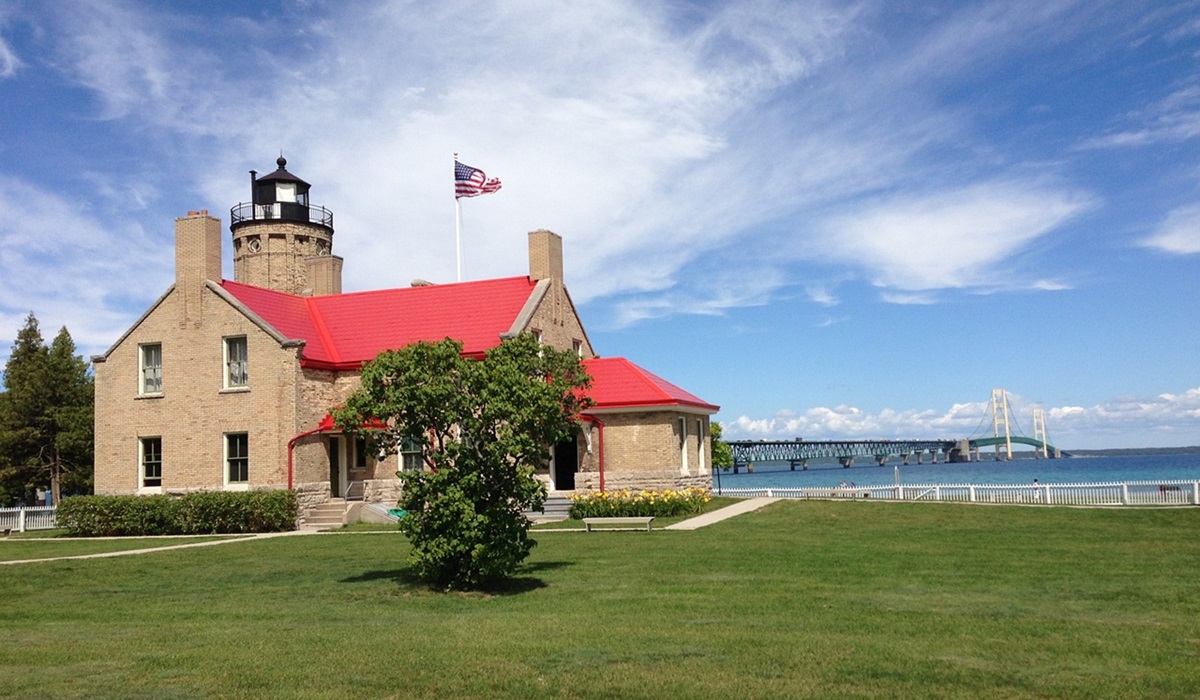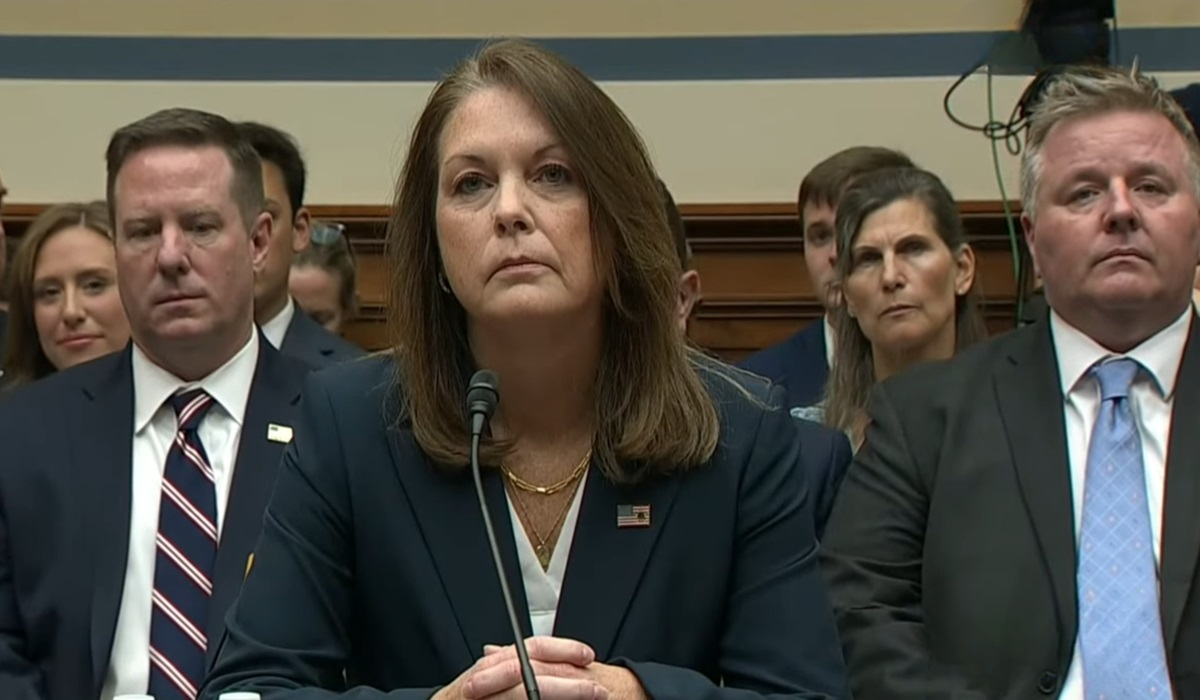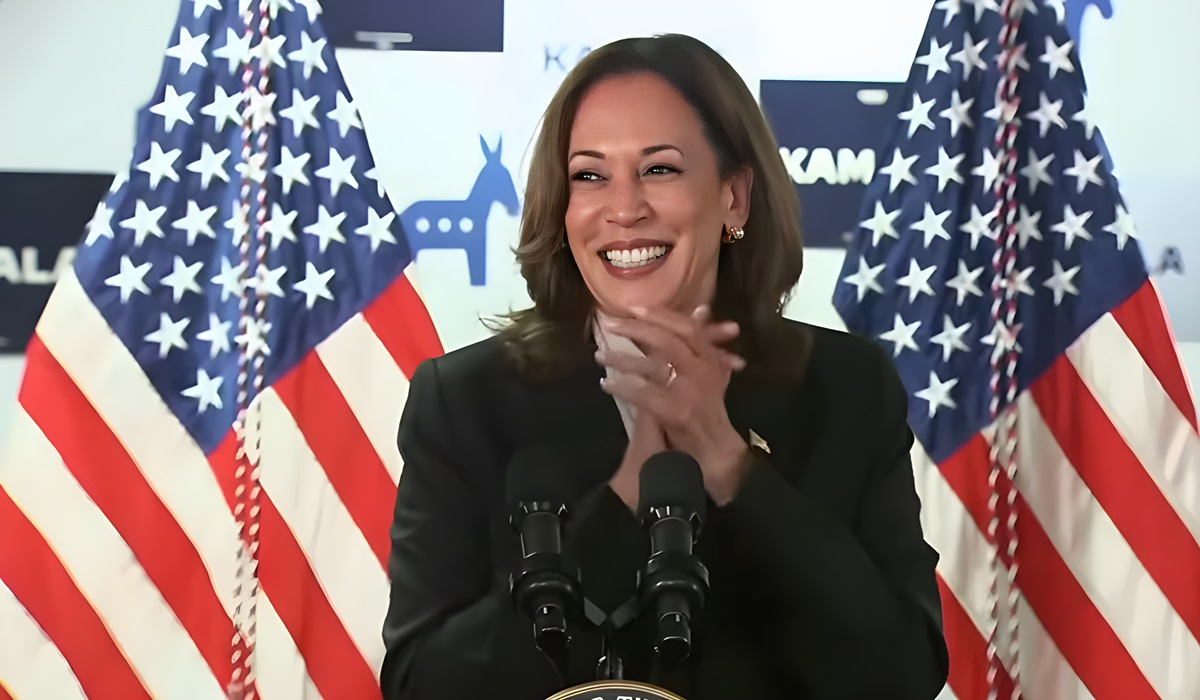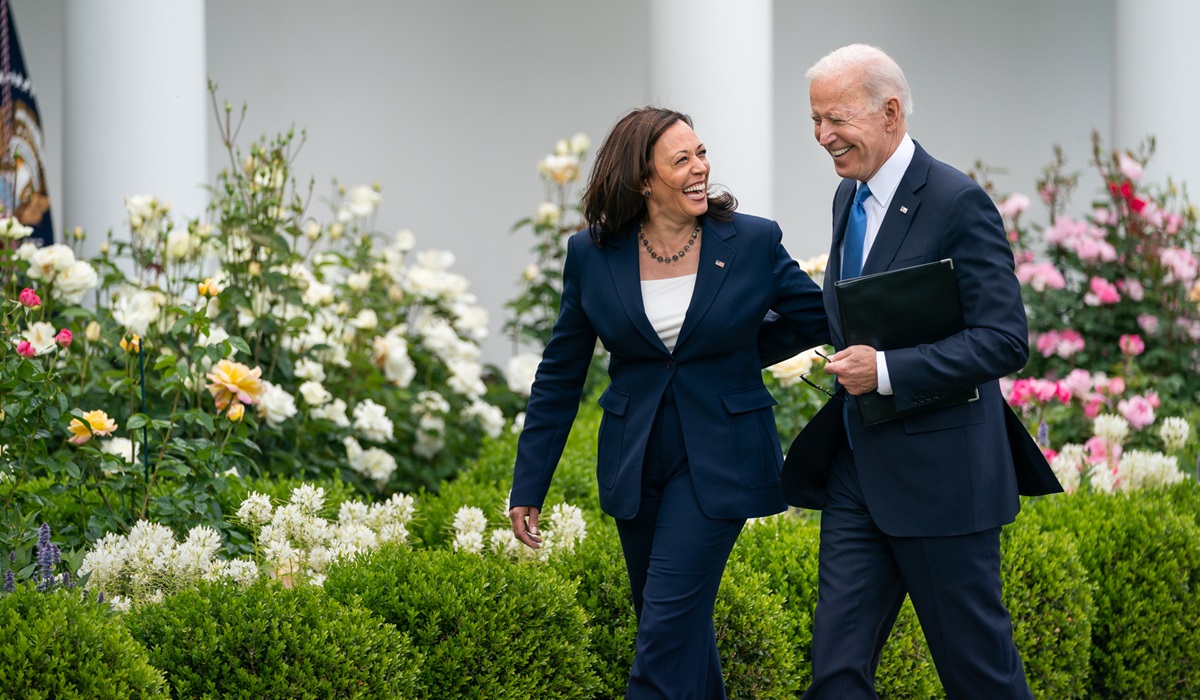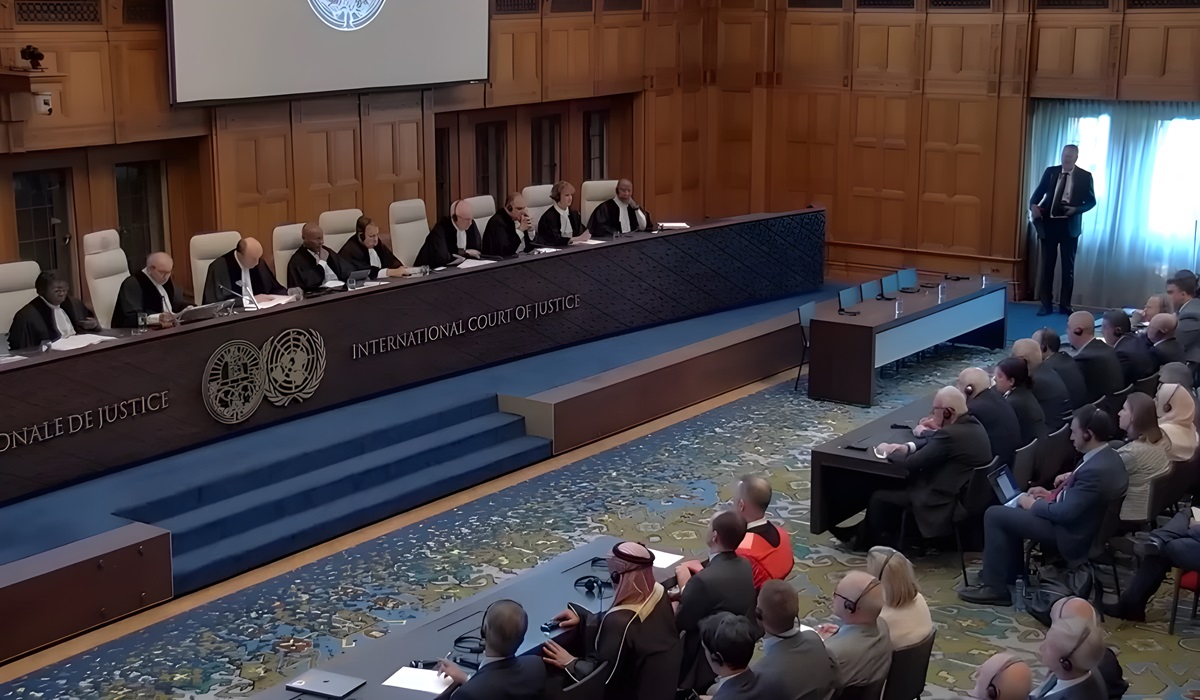Manitoba’s Historic Election: Wab Kinew Leads NDP to Victoryraft
- TDS News
- Breaking News
- Indigenous
- October 4, 2023
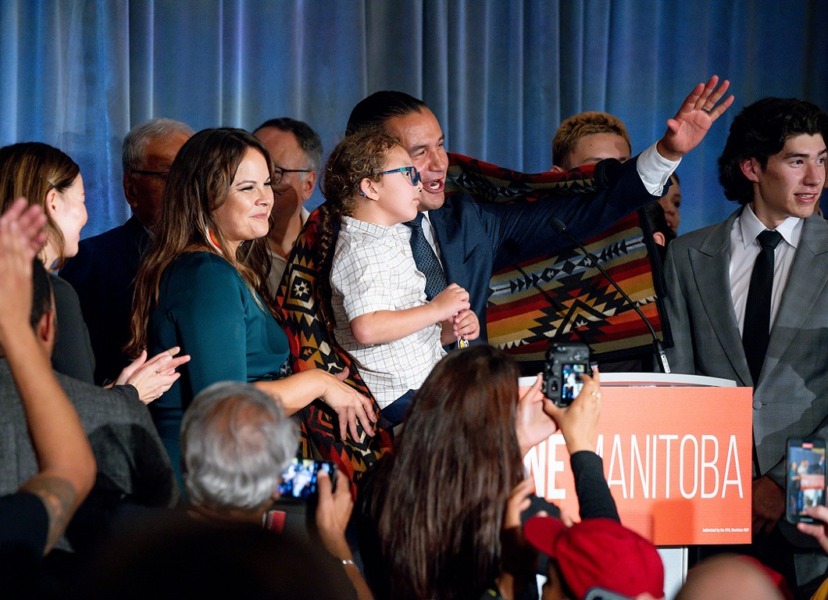
In a historic repudiation of the PC government across Manitoba, Wab Kinew, the New Democratic Party (NDP) leader, was elected Premier. The election marked a significant turning point in Manitoba’s political landscape. It not only saw the NDP secure a resounding victory but also witnessed the triumph of Kinew, who became the first First Nations leader to hold this position. The election results defied expectations and reshaped the province’s political landscape, leaving many to describe it as an “orange tsunami.”
The NDP’s stunning success in this election was evident in the overwhelming mandate they received from Manitobans. The party wiped out the Progressive Conservative (PC) majority and took 18 seats. The unexpected victories in PC strongholds such as Brandon, Dauphin, Waverley, Lagimodière, and Southdale made this victory even more remarkable. The NDP, seemingly unstoppable, unseated incumbent ministers one after another, introducing many fresh faces to the political scene.
Wab Kinew’s message resonated deeply with the people of Manitoba, addressing critical issues such as healthcare and First Nations’ rights. Under the PC government, Manitoba had witnessed record cuts to healthcare funding and the closure of hospitals, which had caused considerable concern among residents. Additionally, the government’s contentious relationship with First Nations communities had become a daily issue, with disputes often escalating without resolution.
With the dawn of a new era in Manitoba politics, the electorate now looks to Kinew and the NDP for deliverables. History shows that political parties in Manitoba typically govern for eight to twelve years, providing Kinew ample time to implement his policies and bring about much-needed change.
The departure of Premier Heather Stefanson, leader of the PC party, adds another layer of intrigue to the post-election landscape. Stefanson, who narrowly retained her seat in a traditionally safe PC riding, decided to resign as party leader. This move will likely lead to selecting a new leader for the PC party, with Stefenson potentially pursuing a new chapter in her life.
Two names have been prominently mentioned as potential successors to Heather Stefanson. One of the frontrunners is Obby Khan, an MLA who would make history as the first Muslim leader of the PC party. Khan’s prominent presence in pre-election advertising suggests he has been anointed as a critical figure within the party. His recognition and visibility within the province indicate the PC party’s determination to rebuild and rebrand itself.
Then there is former leader candidate Shelley Glover, who lost a contention battle that the courts ultimately settled. If she throws her hat into the ring this time, she will not have to worry about the Fire Fighters union propping up Stefanson, as they have gotten what they wanted out of the deal, which was favourable legislation for Fire Fighters.
The Liberal party, led by Dougald Lamont, faced a significant defeat in this election. Lamont, a seasoned politician, was ousted by NDP candidate Robert Loiselle, a teacher with nearly three decades of experience. Loiselle’s victory came by a decisive margin of 20 points, signalling the end of Lamont’s leadership. In his emotional farewell speech, Lamont expressed his disappointment and acknowledged that he had invested five years of his life in building the party.
Despite having strong policies that could resonate with Manitobans, Lamont struggled to connect with voters as a leader. According to one loyal Liberal member, “he ran a terrible central campaign filled with paper candidates, making it difficult for the Liberal Party to be competitive.” They went on to add had Lamoureux been elected leader, they believed the party would have had official party status with at least ten seats in the Manitoba Legislature. In addition, Lamont’s failure to field a full slate of candidates, especially given that the last election was four years ago, is considered inexcusable.
The Liberal party’s decline from holding several seats to just one, with Cindy Lamoureux as the lone survivor, underscores the need for new leadership and a fresh approach. Lamoureux, an MLA for Tyndall and a seasoned politician brings a new, younger energy and perspectives to the party, which could revitalize their fortunes.
While elections are always challenging and unpredictable, one thing remains constant in Manitoba’s political history—the dominance of the NDP and the Conservatives as the two primary political forces in the province. The future of Manitoba politics promises to be intriguing as these parties navigate their respective paths forward; only time will tell if a third party can alter the political landscape.
Image credit NDP Twitter

